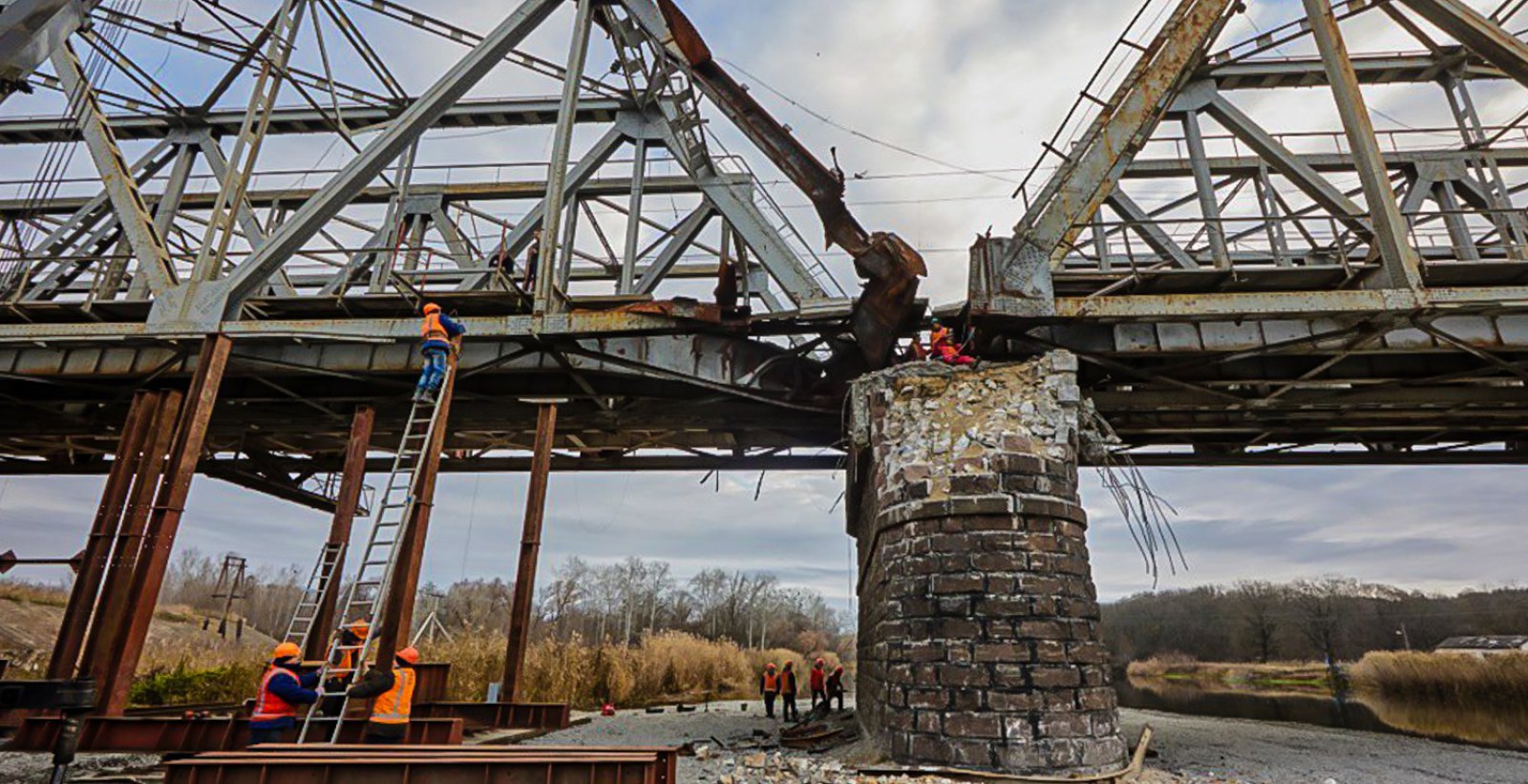On 10 March 2022, the Russian occupiers' missiles and bombs have already destroyed hundreds of residential buildings across Ukraine. Bombing and shelling were hitting Kharkiv and Sumy, and fierce fighting was taking place in towns north of Kyiv. Mariupol was still holding, and Bakhmut, Soledar and Popasna had not yet been completely destroyed.
In his evening address, Volodymyr Zelenskyy touched on a topic that might have seemed somewhat detached from the reality of the first weeks of the war. The President promised that Ukraine would rebuild everything that had been destroyed.
"After the war, after our victory, we will rebuild everything that the enemy has destroyed. Very quickly. Very qualitatively. A special state reconstruction programme will be created for each affected city. I have already instructed the government to start developing it. The best architects. The best companies. The best projects. For each city. The Regional Children's Hospital, Kharkiv Cancer Centre, Karazin University, the Palace of Labour, the Korolenko Library... We will rebuild everything! I promise."

To realise such promises, they need to be filled with ‘the flesh’ of the state bureaucracy - to specify the needs, collect data on agencies and regions, present them as an interagency plan and embed them in some place in state planning. First, as a vision, a preliminary proposal to partners and sponsors. At the finish line, it will be reflected in the agreed donor programme, the draft state budget, and funding items in regions and cities.
***
In addition to the presidential order, there was another incentive not to delay - in July 2022, the Ukraine Recovery Conference, the first major international event entirely dedicated to post-war recovery, was to be held in Lugano, Switzerland. With high-level representation and participants from 40 countries, including heads of state and government. What prevented us from obtaining if not money, but at least long-term commitments to finance the reconstruction of destroyed Ukrainian cities?

The project presented in Lugano was compared to the US Marshall Plan, which helped revive Europe after World War II. Speaking in Switzerland, PM Denys Shmyhal said that it was the result of cooperation between 3,000 experts and 24 working groups. It envisaged $750 billion in investments over ten years, which were to be distributed among 850 projects in two phases. The largest item was to update and modernise housing and regional infrastructure ($150-250 billion for more than a hundred projects), then expand and integrate logistics with the EU - also construction and repair ($120-160 billion for 145 projects). The scale of the damage, by the way, corresponds to reality - the Kyiv School of Economics and the so-called RDNA2, the Second Rapid Damage and Recovery Assessment, calculated by the UN, the European Union, the World Bank, and the Ukrainian government, announced approximately the same numbers.
Such a scale would require masterful management. Even the Marshall Plan was easier to implement: at least it had one centralised donor, the US government. In order to plan the programme and distribute aid, the US created the ECA, a special Economic Cooperation Administration reporting to the State Department with 17 directorates and 800 employees. And to receive and distribute aid, Europe created the Organisation for European Economic Cooperation, which in a few years became the basis for the well-known OECD, the Organisation for Economic Cooperation and Development. By comparison, the first officials working specifically on Ukraine's recovery projects appeared at the State Department only in the autumn of 2023: in September, President Biden introduced Special Representative Penny Pritzker, and in November, Transportation Secretary Buttigieg brought to Kyiv the news of the appointment of Robert Meriner as an advisor on infrastructure projects.
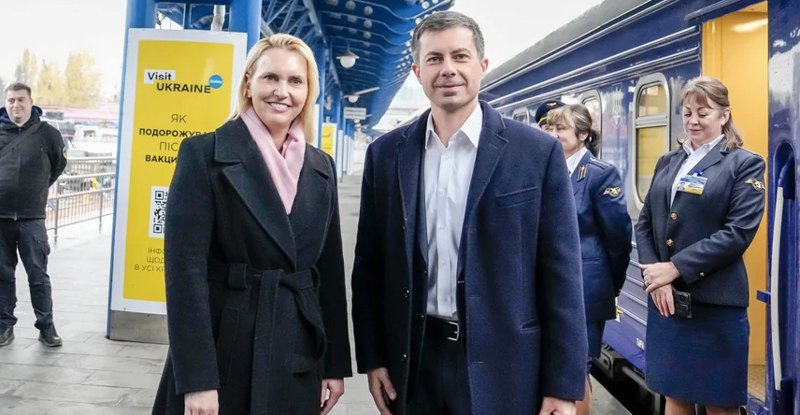
On the other hand, compare to how the Marshall Plan was developed and implemented, the Recovery Plan for Ukraine itself, which was presented in Lugano, looks like a sketch. This is not a multi-year programme for implementation, created together with partner countries - they were presented with a ready-made document. And it is not a project of donor cooperation - the issue of donations was outlined only in general terms, with Prime Minister Shmyhal mentioning four sources that covered all possible options: confiscated Russian funds, grants from international partners, money from the Ukrainian budget, and private money. The amount of funding for the areas was specified with an interesting range ($150-250 billion). And the final goals of the plan were outlined in terms of the country's place in the global indices of economic complexity and human capital - Ukraine was to be in the world's top 25 in these indicators in ten years.
Lugano welcomed the detail of the plans, but the conference ended with a political statement without a specific programme for implementing at least part of the $750 billion for essential projects. In the autumn of 2022, the Office of the President of Ukraine corrected its mistakes and announced a seemingly more realistic programme in Berlin - the Fast Recovery Plan. From the very beginning, this conference was oriented towards donors, so the programme operated with more practical amounts - $17.4 billion - and even listed what exactly they would be used for: "5,909 destroyed multi-storey buildings and 31,034 private houses, 259 schools, 205 kindergartens, 170 medical facilities, 2,070 housing and communal services".
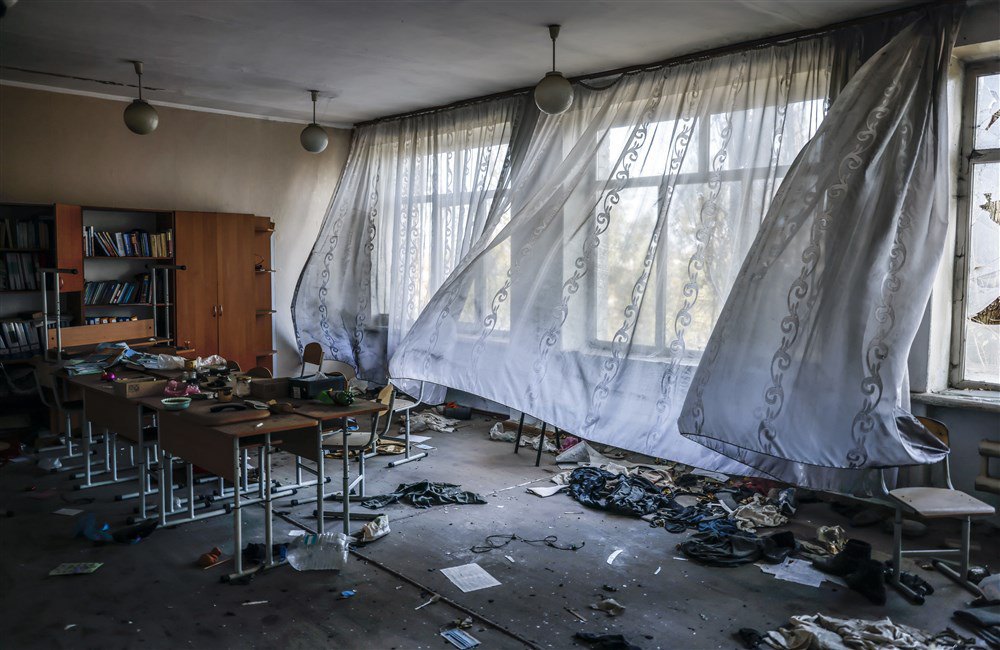
Despite the Fast in the title, information about the specific steps of this plan appeared only in the spring of 2023. At a Cabinet meeting, Prime Minister Shmyhal shared the details and announced six settlements to be rebuilt according to the new principles: Borodyanka and Moshchun in Kyiv Region, Trostyanets in Sumy Region, Posad-Pokrovske in Kherson Region, Tsyrkuny in Kharkiv Region, and Yahidne in Chernihiv Region. "Not individual buildings or structures, but everything with a systematic approach, with a new layout and complete transformation," said Denys Shmyhal.
It is interesting not only that it took more than six months to announce the immediate actions of the Fast Recovery Plan or to compile a six-point list of exemplary sites. Intentions regarding donors have also changed - the Prime Minister called the Fund for Elimination of the Consequences of Russia's Armed Aggression, which should be filled from the state budget of Ukraine, a promising source of funding.
***
And what happened to the international donors who arrived in Lugano just four months after the start of the full-scale invasion? In July 2023, Finance Minister Serhiy Marchenko stated that only a small share of the $3.87 billion in "fast recovery" funds would come from international sources this year, and that there was a mismatch between what donors were willing to allocate money for and Ukraine's vision of where it should be spent in the first place.
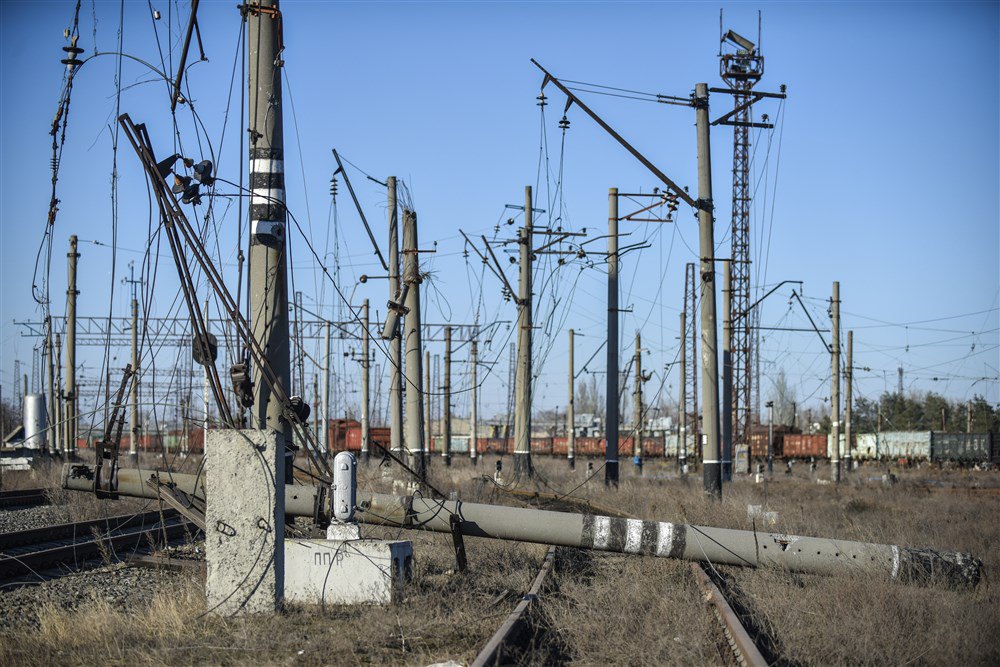
At the next Ukraine Recovery Conference in June 2023 in London, there were also fantastic projects and forecasts of economic growth. But what is interesting is the change in approach to the Ukraine Recovery Plan. First, the presentations by Ukrainian officials on how cities will be rebuilt have significantly strengthened the preparatory part, describing in detail what exactly will be done, how a register of destroyed facilities will be formed, and how money spending will be accountable. Secondly, they paid attention to the methodology - what are the priorities for recovery, how and with whom will programmes and budgets be agreed. Thirdly, money!
In London, Ukraine announced another fund, the Ukrainian Development Fund. Experienced investment companies such as BlackRock and JP Morgan Chase would help launch it. Their very involvement interested the audience, but the presentation of the UDF a month later failed to meet expectations, at least in terms of housing and infrastructure reconstruction. BlackRock CEO Mathias Wirwall said that his company's role, like JP Morgan Chase's, was technical, that the fund would take several years to get up and running (and its activity depends on the intensity of the war), and most importantly, that the estimated size would only reach about $10 billion and would be business-oriented. In other words, London 2023 did not bring good news when it comes to urban renewal either.
***
Does it seem that these are the difficulties of the initial period, and that big plans will work at least in projects to rebuild destroyed cities?
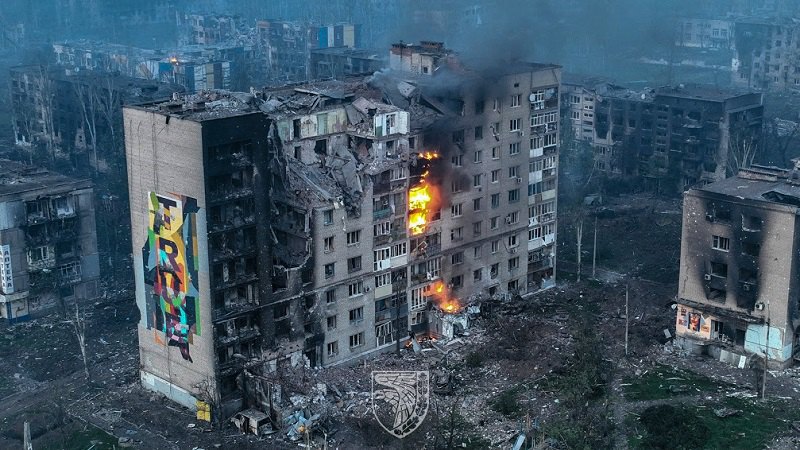
The Fast Recovery Plan has helped to rebuild only some critical infrastructure. Most of the projects that are or have been successfully implemented are the result of local-level cooperation, where partner governments (or municipalities, or even private capital - as is the well-known example of Vokzalna Street in Bucha, which was destroyed but has already been rebuilt) agree to help the city administration and fund the repair of a specific building or block.
Yulian Chaplinskyy, an architect, urbanist, former head of the Lviv City Architecture Department and former Deputy Minister of Community and Territorial Development for European Integration, points out a number of problems. In particular, the government first submitted large centralised programmes worth hundreds of billions of dollars to donors without any responsibility for spending. "A proposal was brought to the forum in Germany to create a new executive body responsible for recovery. But by that time, donors, EU agencies, had already seen how the destruction was being rebuilt on the ground," he points out, "and realised that horizontal programmes, at the level of mayors and urban communities, are easier to control and assess their needs.” Chaplinskyy attributes the government's attempts to limit decentralisation and take money from local budgets to competition for funding from international partners. Centralised recovery means "court companies", monopolisation and suppression of competition.
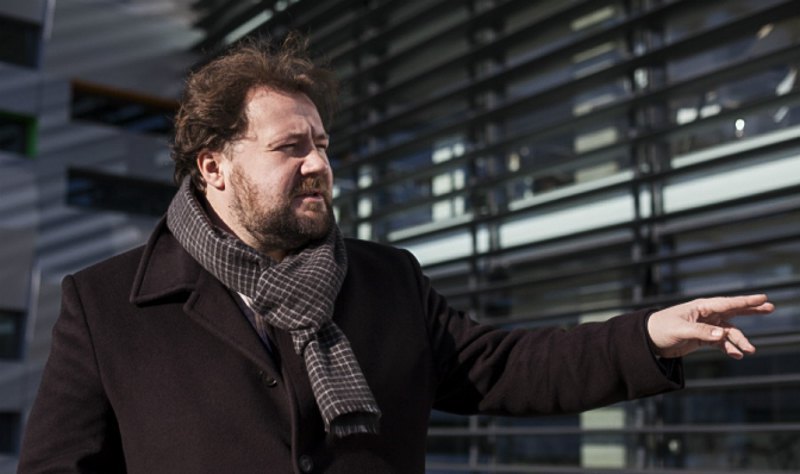
But if we allow a situation where city reconstruction plans are made, money is received from donors, and reports are made not in Kyiv at the Cabinet of Ministers and the relevant ministry, but at the level of hundreds or thousands of cities, won't this be a thousand times worse in terms of corruption? "In any case, the distance to a minister is much longer than to a mayor. To oust a corrupt mayor, it was sometimes enough for local residents to hold a rally or appeal to the government," Chaplinskyy believes.
It seems that the most effective thing the government has proposed in this area is the manual distribution of funds for the most necessary projects under the auspices of the Ministry of Reconstruction. And the electronic platform "eRestoration", which simplifies the path to state financial assistance to repair or rebuild destroyed housing. Too simple and down-to-earth? But it seems to be quite effective - in November 2023, Minister of Digital Transformation Mykhailo Fedorov reported that eRestoration had helped 23,000 families and distributed almost two billion hryvnias. This seems to be the most massive and accessible urban renewal programme so far.
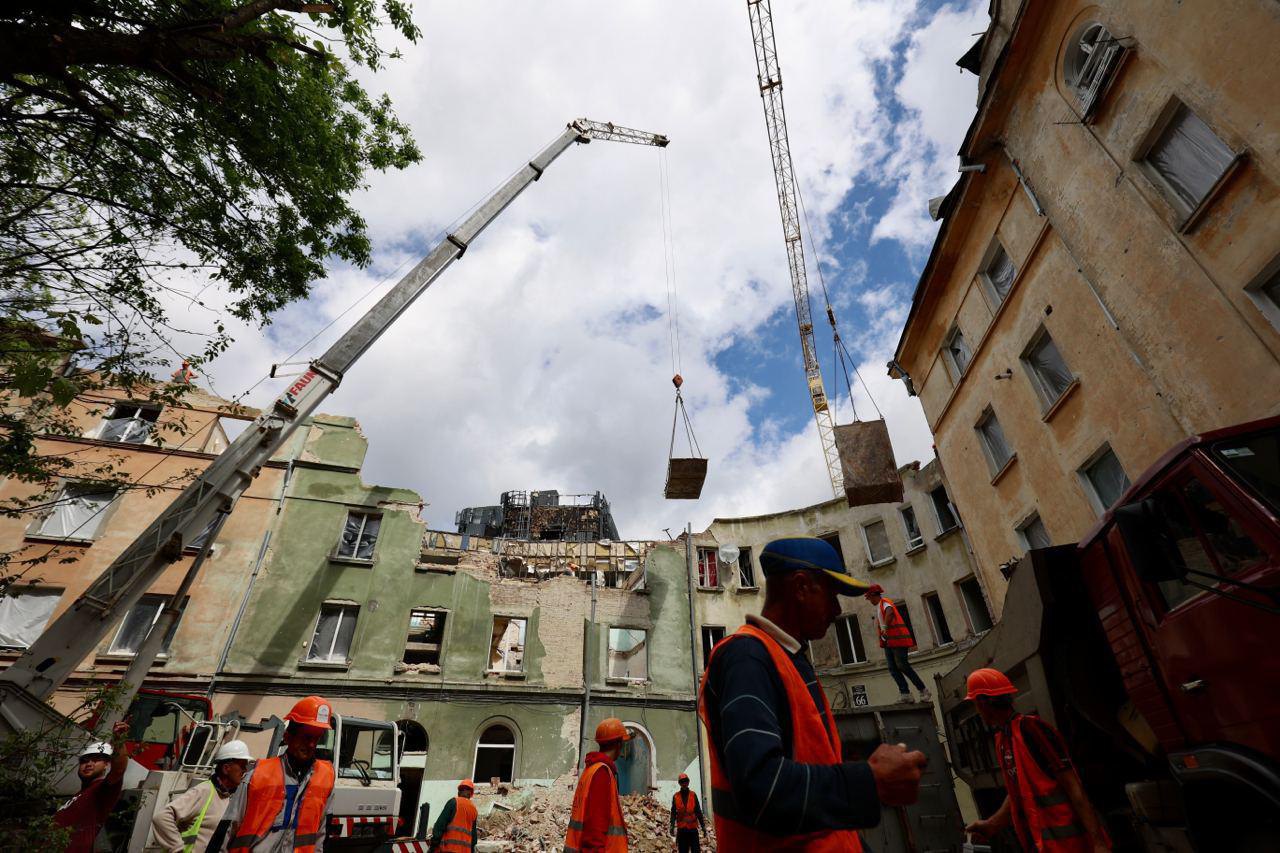
Finally, the European Commission's report on Ukraine's readiness to start EU accession negotiations brought news. It mentions the positive role of the Ministry of Reconstruction and the State Agency for Reconstruction and Infrastructure Development. And the main project for Ukraine's recovery, in which the EU is involved, is the European Financial Instrument for Ukraine, the Ukraine Facility, with a budget of €50 billion for four years. Ukrainian proposals for it were promised to be finalised by the end of this autumn. There is a certain irony in this, because after a year and a half of experimenting with our own ambitious recovery plans and funds, we seem to be returning to the scheme tested by the Marshall Plan. We have one centralised donor, one donor control structure, one recipient agency.
How did it happen that, despite the difficulties, some recovery projects did take place? Are there any chances that the new "big plan" will take into account the visions and wishes of Ukrainian communities? Against the backdrop of reduced ambitions, is it worth dreaming of a real revival of Mariupol or Bakhmut? We will continue with this in the next article.
